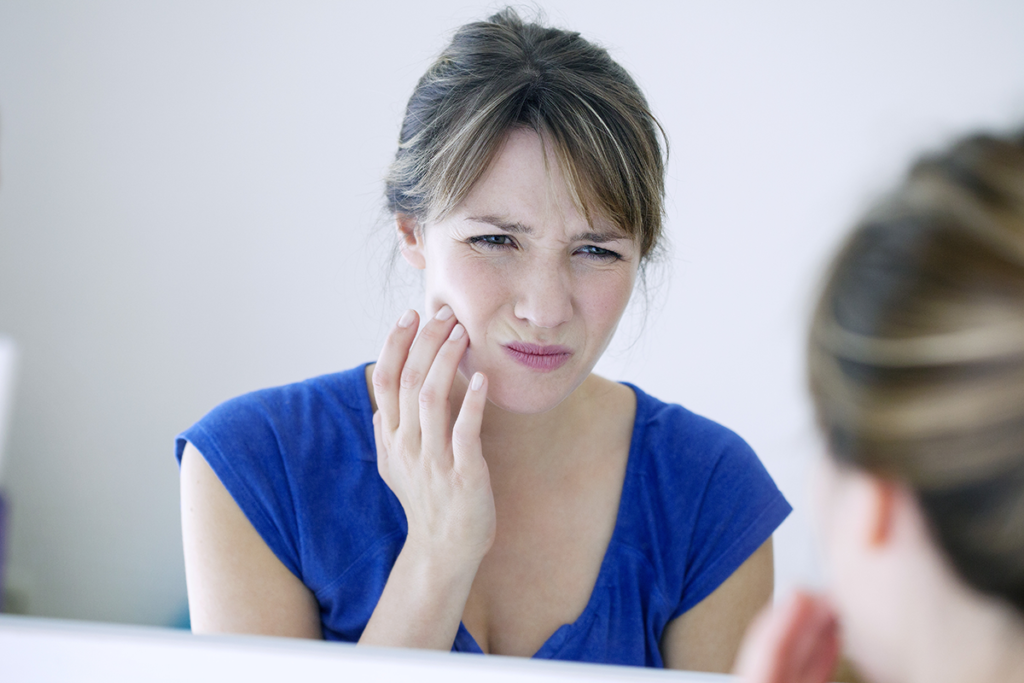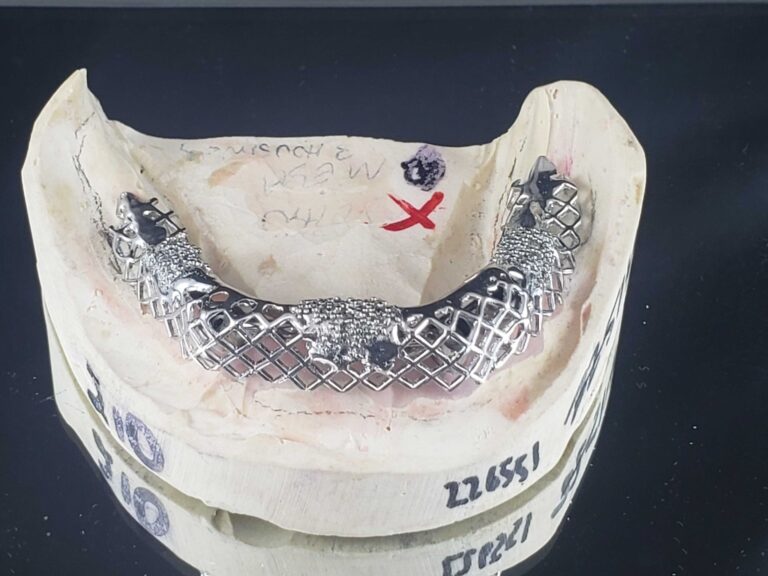The past two years have proven to be some of the most stressful in recent decades.
People everywhere are concerned about their health, as well as their loved ones.
Some people are struggling to keep their business doors open, while others worry if their job will still exist when they wake up in the morning.
The country feels in suspense, as COVID-19 cases continued to climb at the start of 2022. Simply put, Americans are worried.
This stress brings with it a variety of health issues. In the dental community, it’s the rise of bruxism – the grinding of teeth and clenching of the jaw.
Though some patients do it unconsciously during the day, it’s usually associated with sleep. Often, patients aren’t even aware it’s happening.
Whether it’s fingernail-biting, hair-twirling, or leg-bouncing, everyone has their own little ticks or reflexes that come out when stressed. Bruxism falls under that same list.
By understanding the root cause and talking to your patients, you can put together the right treatment plan to protect their oral health.
What Causes Bruxism?
Though the cause of bruxism isn’t entirely clear, experts have narrowed down a few possible explanations.
For example, teeth-grinding is common in patients with sleep-related epilepsy, and even those with Parkinson’s disease.
In addition, bruxism is heavily related to sleep patterns and processes within the central nervous system. When sleep patterns are disturbed, its rate increases.
Unfortunately, many of the problems associated with poor sleep are now magnified by the pandemic, as stress, anxiety, and heavy alcohol use rises alongside case numbers.
And, it’s having a direct impact on bruxism.
During early lockdowns, researchers found that orofacial pain increased from approximately 35% before COVID-19, to 47% afterwards. Additionally, the severity of symptoms went up 15%.
Even worse, anxiety and teeth-grinding will likely continue, as the number of new daily cases rose to well over a half million per day in early January. That’s more than double the number of daily cases compared to the prior year.
As cases rise, so does the stress.
Identifying Bruxism in Patients
While the situation is worrisome, as a medical professional, you’re in a position to help.
Since more patients are grinding their teeth, it’s important to look for signs of bruxism during exams, even in patients that never experienced it in the past.
Look for signs of bruxism: cracked or fractured teeth, as well as heavy, unexpected wear.
Or, if your patient reports stiffness or tenderness in their jaw muscles or pain in their jaw joint, it’s another sign they’re grinding their teeth.
Ask your patients how they’re sleeping at night. Beyond damaging teeth, bruxism also disturbs sleep patterns, leading to chronic tiredness and fatigue.
Mouthguards: The First Choice in Treatment
When you have a patient suffering from bruxism, there are a few different ways that you can help.
Once you’ve identified a suffering patient, there are a few strategies for bruxism treatment.
The first step, and probably most important, is to recommend a mouthguard.
Though they don’t stop the grinding, mouthguards prevent tooth damage by providing a soft, protective surface.
Although any guard is better than none, custom guards are generally the most comfortable and offer the best protection.
An option like KeySplint, for example, provides one of the best patient experiences possible.
For those on a limited budget, at-home kits, like those found in drug stores, are the next best option.
Though these guards offer protection, they’re not always very comfortable. Thus, many people simply give up on wearing them.
It’s important your patients understand that the best guard is one they use consistently.
Sometimes, that really does mean a professional, dentist-crafted solution is necessary.
Alternative Bruxism Treatments
Beyond the physical protection of a nightguard, discuss other bruxism treatments with your patients.
Certain sleeping positions lead to increased pressure on various areas of the jaw, magnifying painful effects.
For example, the jaws of patients who sleep on their stomachs or sides can be pushed back towards their skulls or to the side. This increases the forces placed on the jaw, intensifying symptoms.
The solution here is encouraging your patient to sleep on their back. This avoids pressure to the jaw, while increasing the support to the head.
Finally, encourage them to look into various stress relief methods.
As a medical professional, you want to help your patients in any way you can. But, as a dentist, you’re not meant to diagnose how stressed or anxious someone is.
By simply mentioning the correlation of bruxism and stress, your client may look into solutions on their own. If they ask for your personal advice, don’t be shy about referring them to appropriate therapists or other professional sources.
The Takeaways
As we continue to push through different COVID-19 variants and the stress that comes with them, remember that you’re making a huge difference in your patients’ lives.
As cases continue to rise all across the country, expect stress and bruxism to continue. People everywhere are suffering in one form or another, and you have the opportunity to help.
Whether it’s creating a custom nightguard, or simply educating them on the root causes of the problem, you can alleviate their pain.
***
About First Choice Dental Lab
First Choice Dental Lab is a full-service dental lab with locations in Downers Grove, Il. & Wauwatosa, Wi.
We manufacture & customize quality dental restorations for general dentists. We create smiles based on your needs and budget.
We’re here to help you give your patients a reason to smile!
Request your fee schedule today by completing the form on this page.




